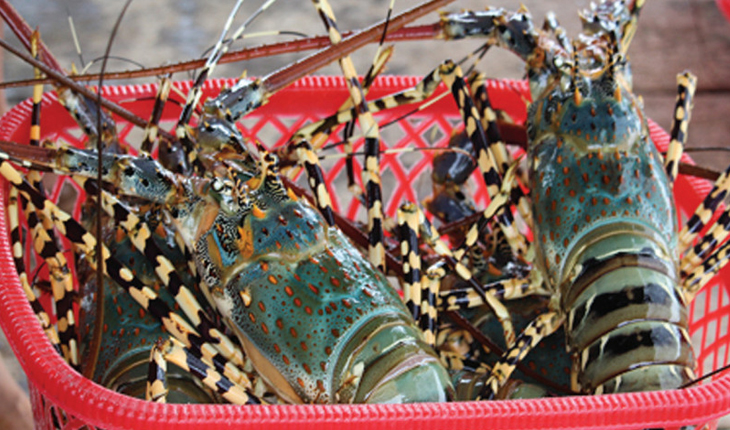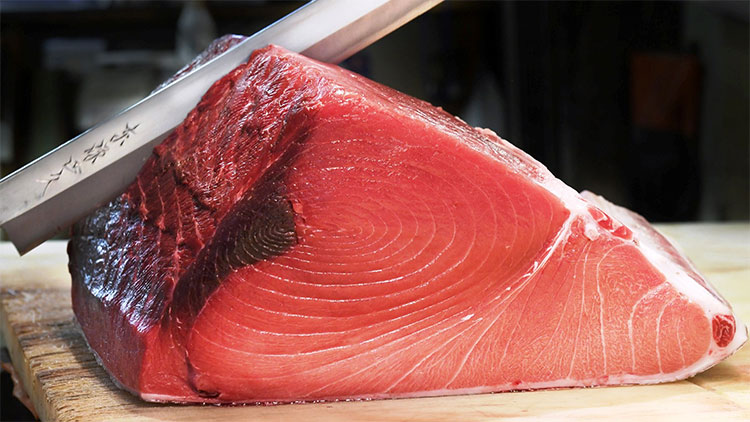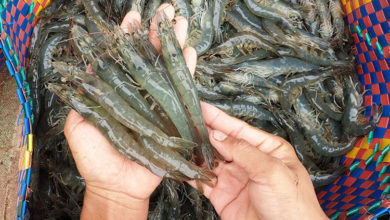QR codes as ‘passports’ for official lobster exports
To boost the value of lobster products, the aquaculture sector in Phu Yen province has launched a pilot program introducing QR codes for product traceability.
These QR codes allow consumers to trace the product’s journey from farming sites and regions to purchasing facilities. Seen as a “passport,” this system facilitates the official export of lobsters to various international markets and supports the sustainable development of lobster farming.
The QR code traceability system for commercial lobsters is managed by the Institute of Fisheries Economics and Planning, under the Ministry of Agriculture and Rural Development. The green lobster supply chain links the Song Cau General Services Cooperative (Song Cau town) with Minh Phat Export Company and a seed supplier from Cam Ranh City (Khanh Hoa province). Once tagged, each commercial green lobster will display comprehensive details, including farming duration, farmer information, and farming location.

Trinh Quang Tu, Director of the Center for Fisheries Planning and Development Consulting, noted that the increasing demands from export markets, particularly China, make QR code traceability essential for smoother exports. This system reduces the need for extensive procedures like verification, certification, and proof of farmed origin. It also allows consumers to easily identify the product’s origin.
In recent years, lobsters exported to China, which represents 98% of Vietnam’s lobster export revenue, have required detailed documentation of their farming history. At the end of 2023 and into early 2024, spiny lobster exports faced significant challenges.
For spiny lobsters to be exported to China, they must not be wild-caught and must have documented proof of being farm-raised without using wild seed stock. Implementing QR code traceability in Phu Yen presents new opportunities for lobster farmers and promotes sustainable aquaculture practices.
Tran Dinh Luan, Director General of the Directorate of Fisheries, Ministry of Agriculture and Rural Development, shared: “In the coming period, the Directorate will hand this system over to cooperatives and local authorities for practical application. Farmers should embrace information technology for transparent traceability, helping to establish a strong brand for Vietnamese lobsters.”
According to the Directorate of Fisheries, Vietnam’s lobster farming industry generates approximately $430 million in annual export revenue. Since 2000, the industry has grown rapidly, with Phu Yen and Khanh Hoa provinces serving as the main farming hubs, accounting for over 95% of the farming cages and production.
Despite the shift toward commercial-scale production, the lobster sector remains largely small-scale, both in terms of farming operations and businesses involved in the supply chain (seed provision, feed, export, and distribution). Collaboration through horizontal and vertical linkages along the value chain, from production to consumption remains limited, with only two lobster farming cooperatives currently operating in Phu Yen and Khanh Hoa.
VFM






